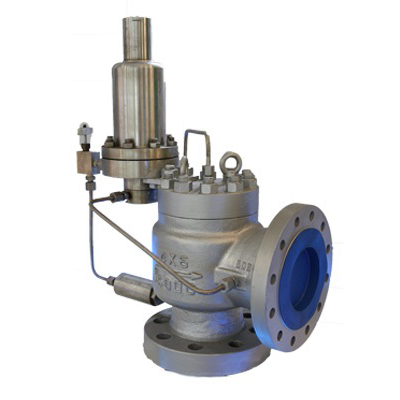- Home
- About Us
- Products
- Hydraulic Cylinders
- Forklift Hydraulic Cylinders
- Agricultural Machinery Hydraulic Cylinders
- Aerial Work Vehicle Hydraulic Cylinders
- Sanitation Machinery Hydraulic Cylinders
- Construction Machinery Hydraulic Cylinders
- Mobile Machinery Hydraulic Cylinders
- Industrial Engineering Hydraulic Cylinders
- American Standard Series Hydraulic Cylinders
- Offshore Hydraulic Cylinders
- Energy Technology Hydraulic Cylinders
- Tunnel Boring Machine Hydraulic Cylinders
- Telescopic Hydraulic Cylinders
- Tractor & Front End Loader Hydraulic Cylinders
- Steering Hydraulic Cylinders
- Dump Truck & Trailer Hydraulic Cylinders
- Electirc and Instrument
- Gasification station
- Equipment
- Gas compressor
- Gas filter and purification
- Gas Storage & transportation
- Air separation plant
- Refrigeration Equipment
- Ungrouped
- Hydraulic Cylinders
- News
- Download
- Send Inquiry
- Contact Us

Drive Shaft
We warmly welcome friends from all over to visit and establish long-term, mutually beneficial cooperation!Gas Storage & transportation
Expert Guide to Gas Storage & Transportation Solutions
In the energy sector, efficient and safe gas storage & transportation is crucial for industrial, commercial, and residential applications. Our company specializes in providing cutting-edge solutions tailored to meet diverse needs. With decades of expertise, we ensure reliability, compliance with international standards, and cost-effectiveness. This guide delves into our product parameters, FAQs, and best practices, offering a comprehensive resource for professionals.
Product Parameters Overview
Our gas storage & transportation products are engineered with precision, focusing on durability, safety, and performance. Below is a detailed breakdown of key parameters, presented in lists and tables for clarity.
Storage Tanks Specifications
- Material: High-grade stainless steel (AISI 316L) for corrosion resistance.
- Capacity: Ranges from 500 liters to 20,000 liters, customizable based on requirements.
- Pressure Rating: Designed for operating pressures up to 250 bar, with safety valves included.
- Temperature Range: Operates efficiently from -50°C to 80°C, suitable for various climates.
- Certifications: Compliant with ASME, PED, and ISO 9809 standards.
Transportation Cylinders Details
| Model | Volume (Liters) | Weight (kg) | Max Pressure (bar) | Application |
|---|---|---|---|---|
| GT-100 | 100 | 15 | 200 | Portable use for medical gases |
| GT-500 | 500 | 45 | 250 | Industrial gas transport |
| GT-1000 | 1000 | 80 | 300 | Bulk transportation for LNG |
Additional features include anti-static coatings, easy-to-read gauges, and tamper-proof valves. Our products undergo rigorous testing, including hydrostatic and leak tests, to ensure utmost safety during gas storage & transportation.
Gas Storage & Transportation FAQ常见问题大全
Q: What are the key safety measures for gas storage & transportation?
A: Safety is paramount in gas storage & transportation. Key measures include using certified equipment that meets international standards like ISO and ASME, conducting regular inspections for leaks and corrosion, ensuring proper ventilation in storage areas, training personnel on emergency procedures, and implementing pressure relief systems. Additionally, transport vehicles should be equipped with GPS tracking and emergency shutdown features to mitigate risks during transit.
Q: How do I choose the right storage capacity for my needs?
A: Selecting the appropriate storage capacity depends on factors such as the type of gas (e.g., compressed natural gas, oxygen, or hydrogen), daily consumption rates, and available space. For instance, small-scale applications like laboratories may require tanks under 1000 liters, while industrial plants might need capacities exceeding 10,000 liters. Consult with our experts to perform a needs assessment, considering flow rates, pressure requirements, and future scalability to avoid under or over-sizing, which can impact efficiency and costs.
Beyond products, we offer consultancy on regulatory compliance and maintenance schedules. Our team provides 24/7 support to address any issues, ensuring seamless operations in gas storage & transportation.
Advanced Technologies in Gas Storage & Transportation
Innovation drives our solutions. We incorporate smart sensors for real-time monitoring of pressure and temperature, automated filling systems to reduce human error, and composite materials for lighter weight without compromising strength. These technologies enhance efficiency and reduce environmental impact, aligning with global sustainability goals.
Gas Storage & Transportation FAQ常见问题大全
Q: What maintenance is required for gas storage tanks?
A: Regular maintenance is essential to ensure longevity and safety in gas storage & transportation. This includes visual inspections every month for signs of wear or damage, pressure testing annually as per regulatory guidelines, cleaning internal surfaces to prevent contamination, and replacing valves or seals every 2-5 years depending on usage. Keep logs of all maintenance activities to comply with audits and ensure traceability. Neglecting maintenance can lead to leaks or failures, posing serious risks.
We recommend scheduling professional servicing with our team to adhere to best practices and extend equipment life.
Environmental Considerations
Our products are designed with eco-friendly principles, featuring recyclable materials and energy-efficient manufacturing processes. Proper gas storage & transportation minimizes emissions and prevents leaks, contributing to a greener planet. We also offer solutions for capturing and reusing waste gases, supporting circular economy initiatives.
Gas Storage & Transportation FAQ常见问题大全
Q: Are there specific regulations for international gas transportation?
A: Yes, international gas transportation is governed by strict regulations to ensure safety and compliance. Key frameworks include the ADR (European Agreement Concerning the International Carriage of Dangerous Goods by Road) for road transport, IMDG Code for sea shipments, and IATA regulations for air freight. These require proper labeling, documentation (e.g., safety data sheets), and use of approved containers. Additionally, countries may have local laws; for example, the DOT in the USA enforces rules for hazardous materials. Always verify requirements with authorities and work with certified providers to avoid legal issues and ensure smooth cross-border operations.
Understanding these aspects is vital for businesses involved in global trade involving gases.
Conclusion
Effective gas storage & transportation is foundational to modern energy systems. Our products, backed by robust parameters and expert support, deliver reliability and safety. By addressing common questions and emphasizing best practices, we empower clients to make informed decisions. Explore our range to find tailored solutions that meet your specific needs, and feel free to contact us for personalized advice.
For more details, refer to our technical manuals or attend our workshops on gas storage & transportation best practices.
- View as
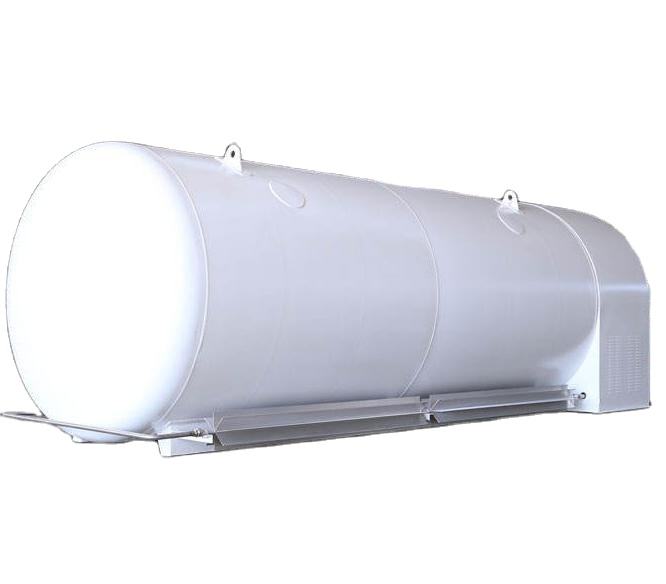
Horizontal Cryogenic Liquid CO2 O2 N2 Argon Storage tank for Cylinder Filling Station GB or ASME Standard
Raydafon's Horizontal Cryogenic Liquid CO2 O2 N2 Argon Storage Tank, designed for cylinder filling stations and compliant with GB or ASME standards, ensures reliable and efficient gas storage with advanced safety features, tailored for industrial clients seeking durable, high-performance solutions that enhance operational efficiency and peace of mind.
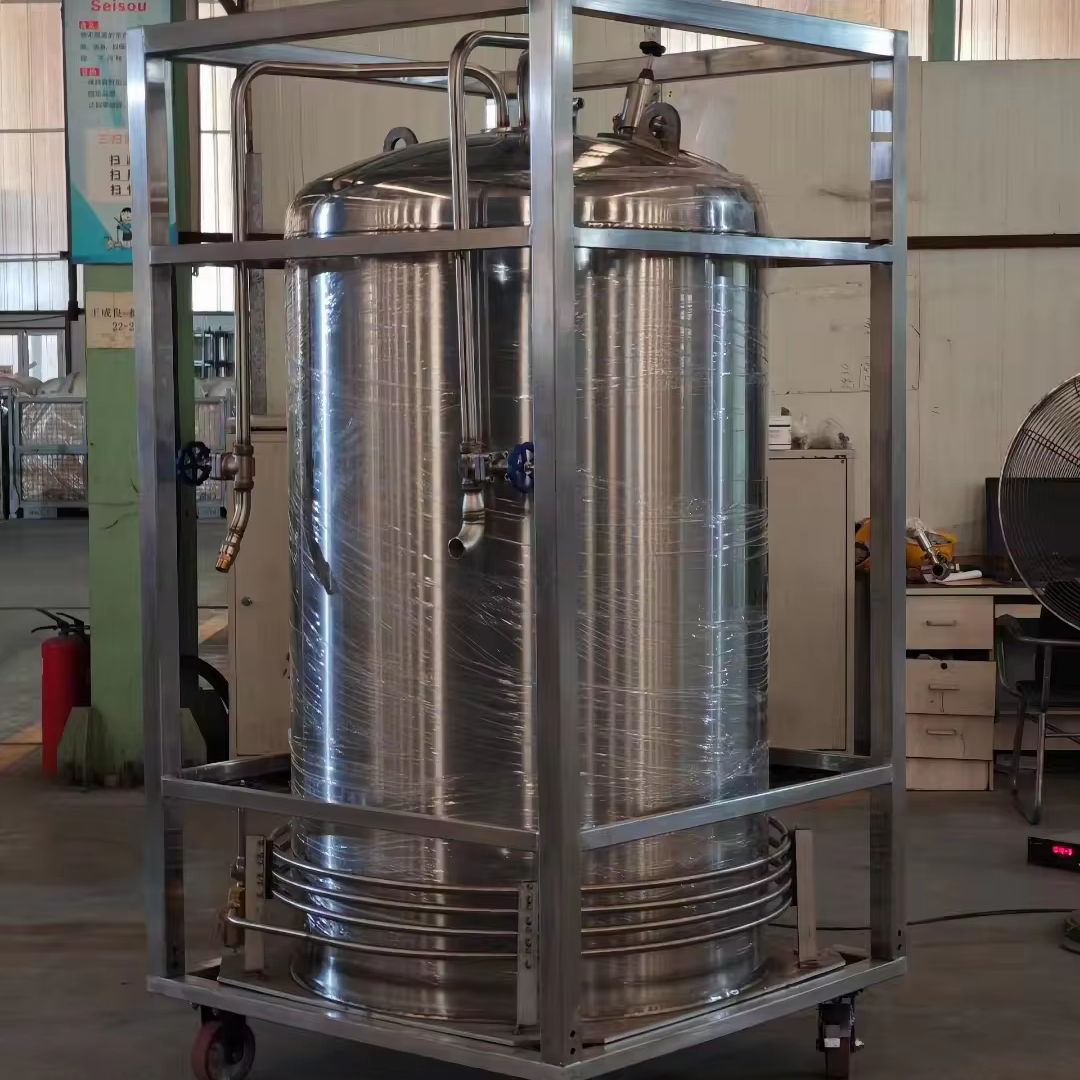
3m3 Cryogenic Liquid Gas Pressure Vessel Liquid Nitrogen Microbulk Storage Tank
Raydafon's 3m3 Cryogenic Liquid Gas Pressure Vessel Liquid Nitrogen Microbulk Storage Tank ensures safe, efficient storage for labs and industries with advanced insulation and durable design, boosting productivity and reliability.

Mini Vacuum Multilayer Insulation Liquid Helium Dewar Liquid Helium Storage tank
Raydafon's Mini Vacuum Multilayer Insulation Liquid Helium Dewar ensures superior storage with advanced tech, ideal for labs and researchers. Experience reliable, compact design that boosts efficiency and peace of mind—choose innovation for your helium needs.
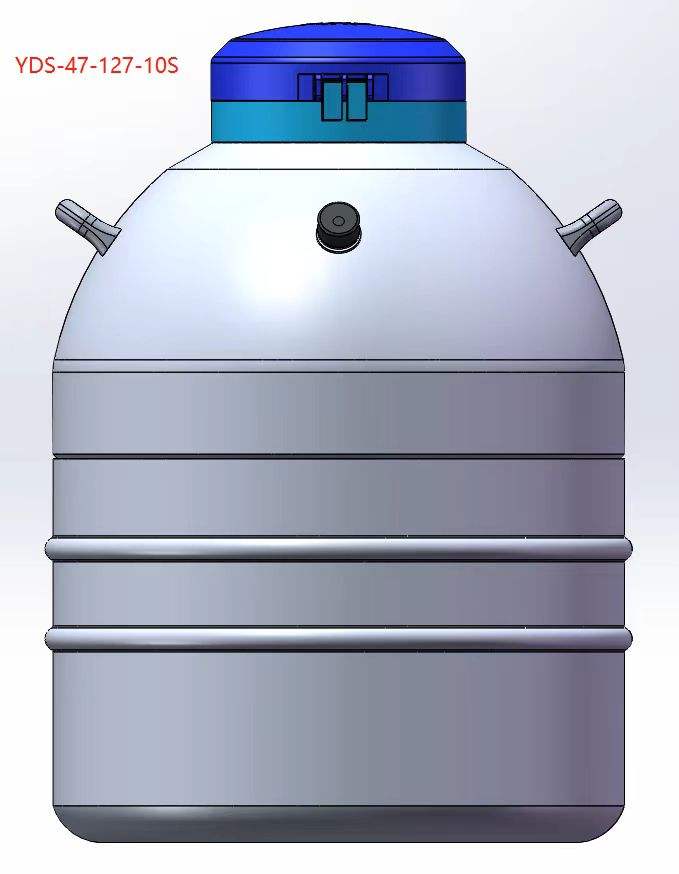
YDS 2L 50B Liquid Nitrogen Storage tank Cryogennic Liquid Nitrogen Dewar with Trolly for Laboratory Transport Shipment
Raydafon's YDS 2L 50B Liquid Nitrogen Storage Tank combines advanced cryogenic technology with portability, featuring a trolley for easy transport in labs. Made with durable materials, it ensures reliable storage for sensitive samples, ideal for researchers and medical professionals. This all-in-one solution enhances efficiency and safety, offering superior performance over competitors. Experience peace of mind with Raydafon's trusted quality today.
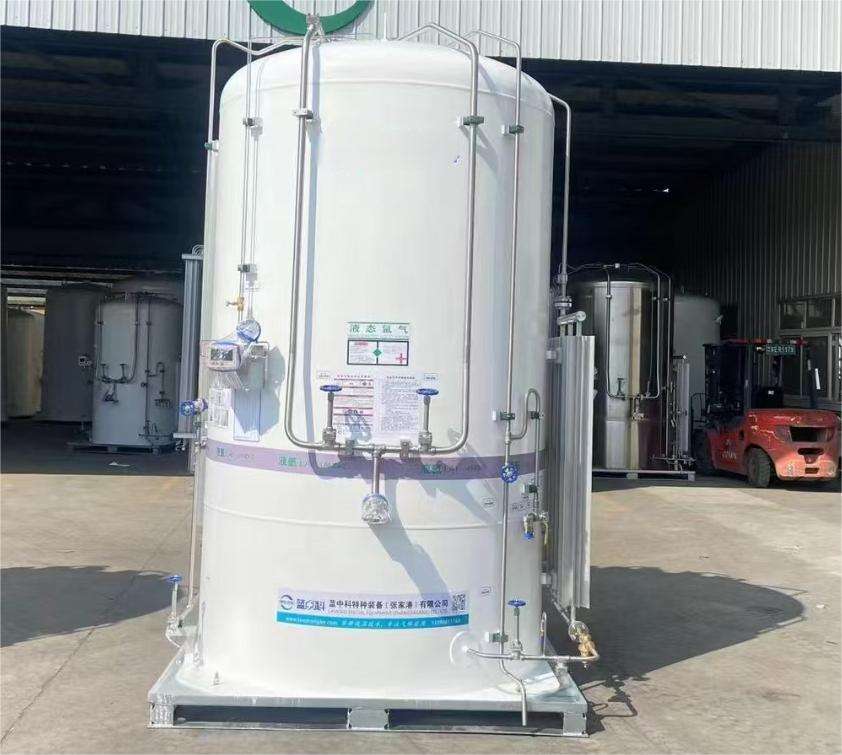
10 M3 Pressure Vessel Vertical Liquid Argon Liquid Nitrogen LCO2 LNG Liquid Oxygen Cryogenic Storage Tanks
Discover Raydafon's 10 M3 Pressure Vessel Vertical Liquid Argon Liquid Nitrogen LCO2 LNG Liquid Oxygen Cryogenic Storage Tanks, engineered for superior durability and efficiency in industrial applications. Ideal for businesses handling cryogenic liquids, it ensures safe storage with advanced insulation and robust construction. This tank solves leakage and safety concerns, offering peace of mind and reliability. Stand out with its high-quality materials and precision design. Trust Raydafon for excellence in cryogenic solutions.
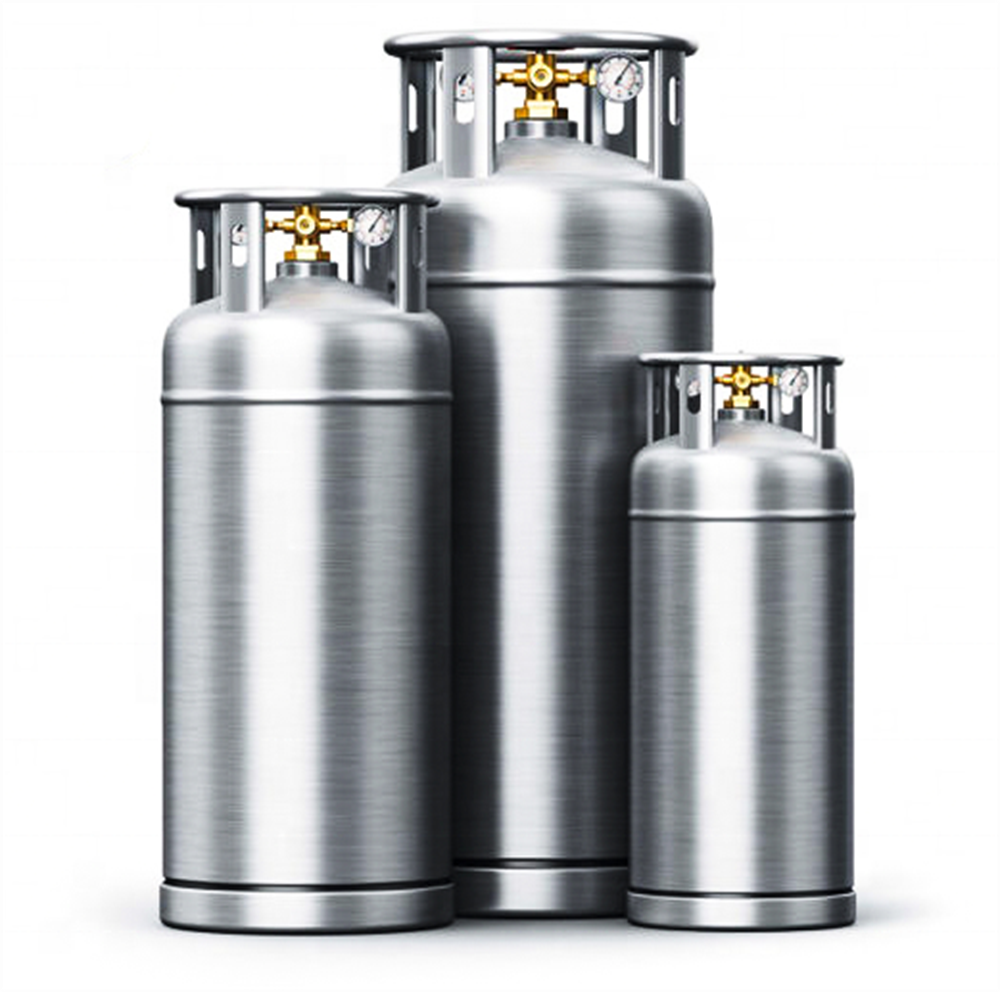
High 100L 175L 195L 210L 410L 450L 490L Cryogenic Nitrogen Liquid Storage Tank
Raydafon High 100L 175L 195L 210L 410L 450L 490L Cryogenic Nitrogen Liquid Storage Tanks offer reliable, high-capacity storage for liquid nitrogen with superior insulation and durability. Perfect for labs and industrial use, they ensure safety and efficiency, solving storage challenges with innovative design. Trust Raydafon for cutting-edge cryogenic solutions.

